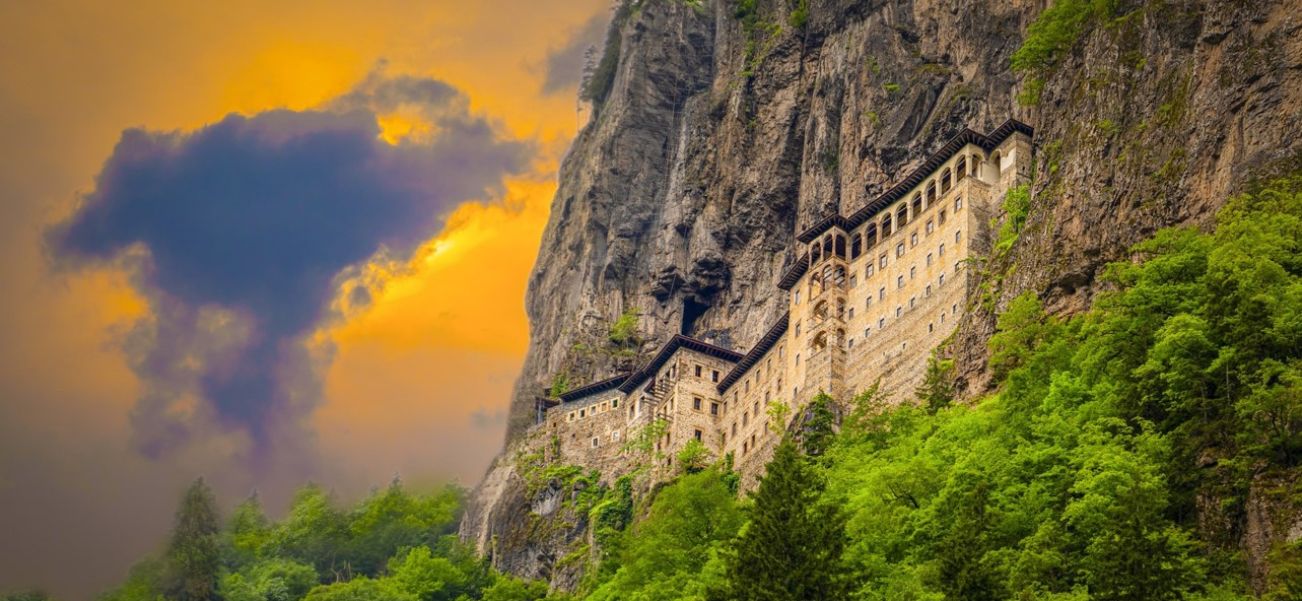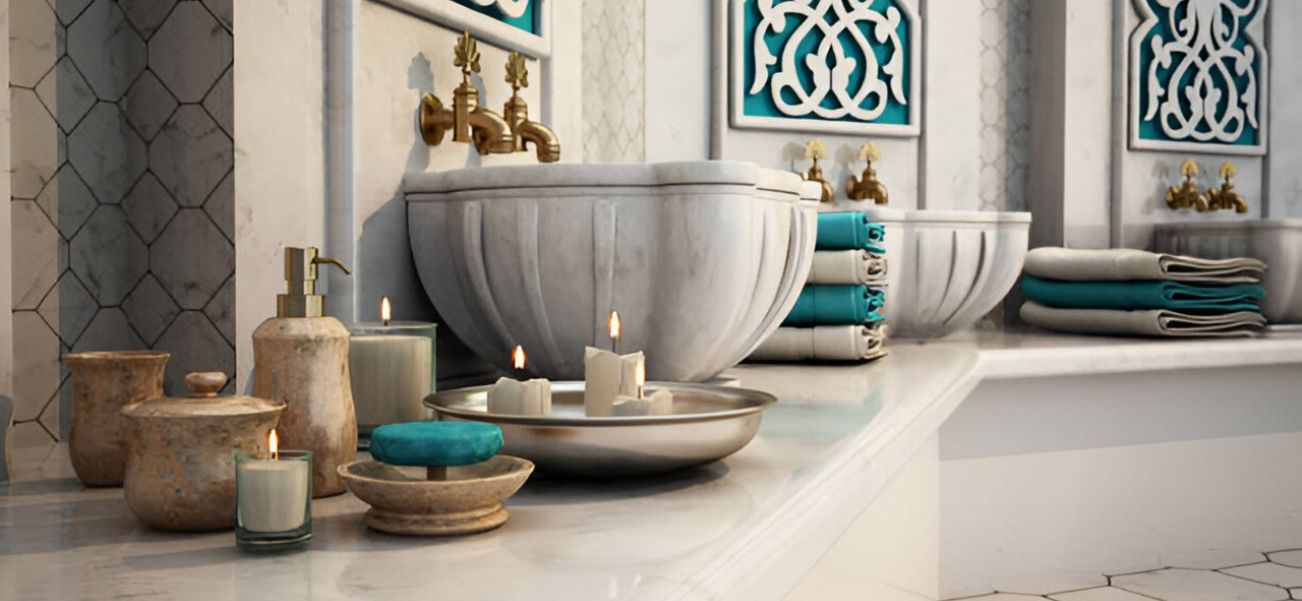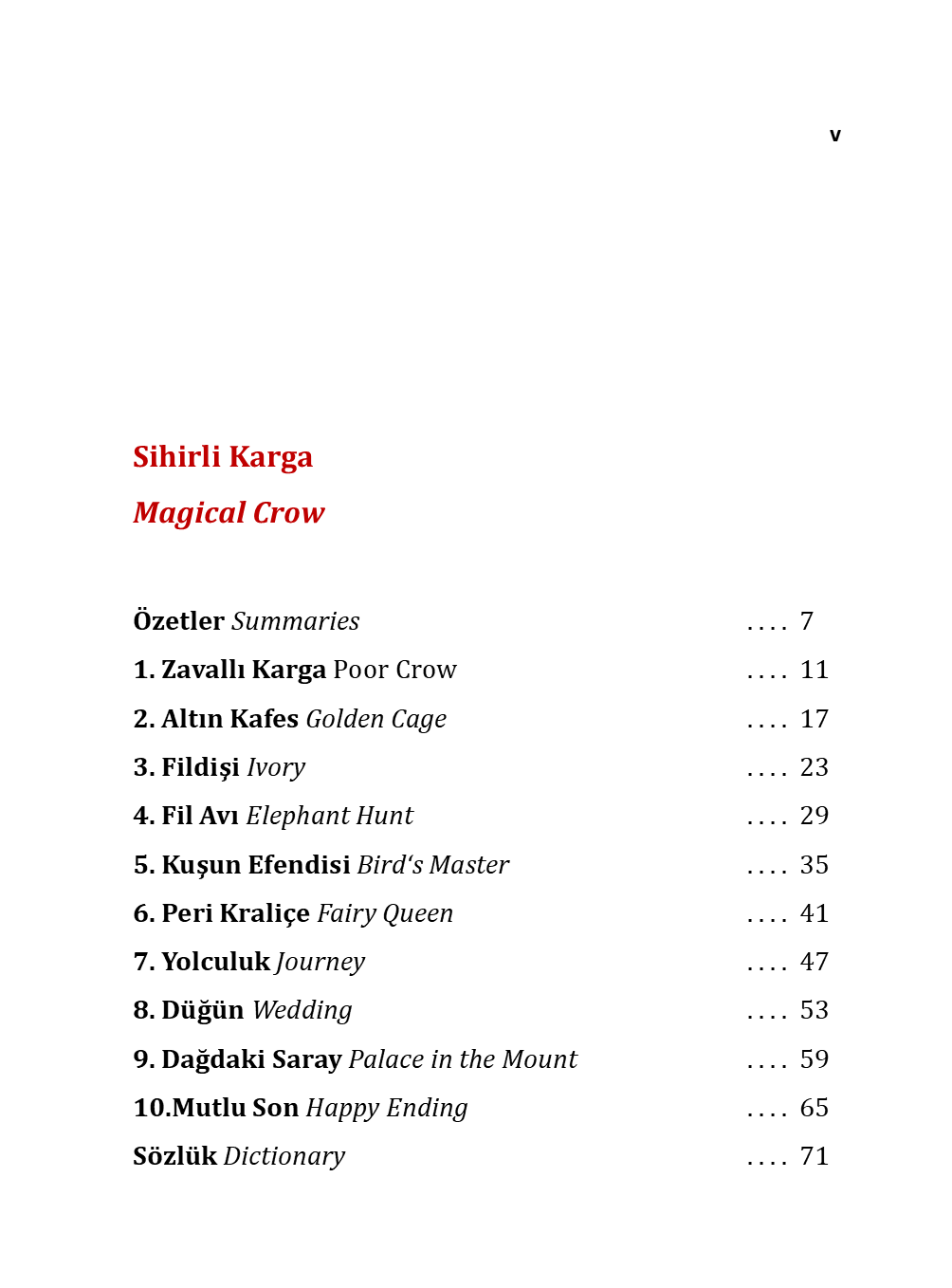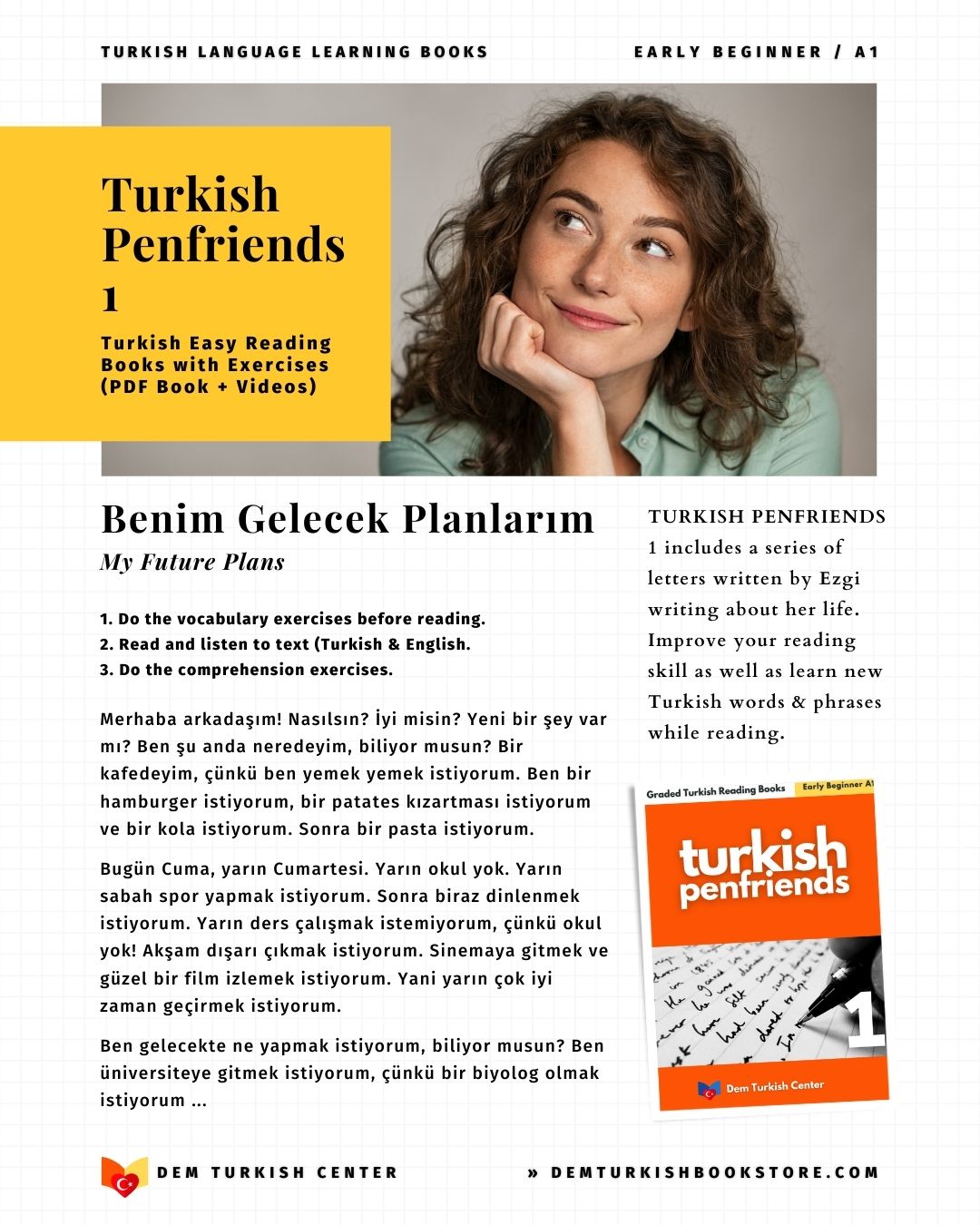
Sümela Monastery: A Sacred Gem in Trabzon, Turkey
Perched like a celestial fortress on the sheer cliff face of Mount Mela, high above the emerald-green forests of the Altındere Valley, lies one of the most breathtaking and enigmatic historical sites in the world—the Sümela Monastery. A place where faith, nature, and human endeavor merge into a single, awe-inspiring vision, Sümela is more than just a tourist attraction; it is a pilgrimage into the heart of Byzantine art, Orthodox Christian history, and the raw, untamed beauty of the Pontic Mountains in Trabzon, Turkey.
This comprehensive guide will take you on a journey through the Sümela Monastery’s legendary origins, its golden age, its tragic abandonment, and its recent restoration. We will explore the architectural marvels of this cliff-side monastery, decipher the sacred stories within its famous frescoes, and provide essential travel tips for your own visit to this unforgettable Turkish landmark.
Sümela Monastery: A Sacred Gem in the Mountains of Trabzon
Listen to this podcast about "Sümela Monastery" for detailed information:
The Ultimate Turkey Travel Guide: Everything You Need for an Unforgettable Trip
The Legend of the Black Madonna: Origins of a Sacred Site

The very name Sümela Monastery ("Sümela Manastırı" in Turkish) holds a clue to its mystical origins. It is derived from the Greek "Panagia Soumelá," meaning "the Virgin Mary of Mount Melá." The foundation of the monastery is steeped in legend and faith, dating back to the 4th century AD, though the structures we see today are primarily from the Byzantine Renaissance period of the 13th and 14th centuries.
The story begins with two Athenian priests, Barnabas and Sophronius. Guided by a divine vision—or, in some accounts, by the discovery of a miraculous icon of the Virgin Mary painted by the Apostle Luke himself—they embarked on a journey from Athens. Their quest led them to the remote and mist-shrouded slopes of Mount Mela in the Pontic region of modern-day Turkey. Here, in a small cave (the "Holy Cave" or "Sacred Grotto"), they found the very icon from their vision and established a hermitage around it. This sacred icon, which darkened over centuries of candle smoke and veneration, became known as the "Black Madonna" or "Panagia Soumela," the spiritual heart of the monastery and the source of its purported miraculous powers.

While the legend points to the 4th century, historical records more concretely place the monastery’s establishment during the reign of Emperor Justinian in the 6th century, when a general named Belisarius was ordered to enlarge it. However, it was during the reign of the Empire of Trebizond (1204–1461), a glittering successor state to the Byzantine Empire, that Sümela entered its golden age. The Komnenos dynasty, rulers of Trebizond, became generous patrons, endowing the monastery with wealth, privileges, and imperial protection. It was during this period that the monastery complex was significantly expanded and its most famous frescoes were painted, solidifying its status as a premier center of Orthodox Christianity and a powerful pilgrimage site.
An Architectural Marvel: Defying Gravity on the Cliff Face

The first sight of Sümela Monastery is enough to steal your breath. Its white-walled buildings and multi-story structures seem to grow organically from the rock, a feat of engineering that appears almost impossible. The entire complex is accessed by a narrow, winding path and a steep staircase, heightening the sense of arrival at a sacred, secluded sanctuary.

The monastery is a sprawling complex, ingeniously designed to utilize every inch of the cliff’s natural ledges and caves. The main sections include:
- The Sacred Grotto (The Rock Church) This is the nucleus of the entire monastery, the original cave where the Black Madonna icon was housed. The natural cave forms the sanctuary, which was later enclosed and expanded with an elaborate facade. The interior walls and ceiling of the grotto are entirely covered in the monastery’s most magnificent and well-preserved frescoes.
- The Main Church Adjacent to the grotto, the main church is a typical example of late Byzantine architecture, with a cross-in-square plan. Its exterior walls are also densely covered with breathtaking frescoes depicting biblical scenes.
- The Monastery Kitchen (Monastery of the Fog) Located to the west, the kitchen is easily identifiable by its tall, soot-blackened chimney, a testament to centuries of use by the monastic community.
- The Guesthouse and Monks' Quarters These multi-storied wooden and stone structures cling precariously to the cliffside, offering a glimpse into the daily lives of the monks who called this vertical world home. Many of these sections were ruined before restoration but have been partially rebuilt.
- The Library Sümela was not just a spiritual center but also a hub of learning. Its library was once renowned for its vast collection of ancient manuscripts and religious texts. Tragically, most of these priceless artifacts were lost or dispersed after the monastery's abandonment.
- The Holy Spring and Aqueduct A graceful, multi-arched aqueduct spans a chasm beside the entrance, channeling fresh water from a mountain spring into the monastery. This water was considered holy and was an essential resource for the inhabitants.
The entire design reflects a philosophy of asceticism and defense—a desire to be closer to God by rising above the world, both spiritually and physically.
A Canvas in Stone: The Breathtaking Frescoes of Sümela

For many visitors, the highlight of a visit to Sümela is the opportunity to witness its world-class Byzantine art. The frescoes, though damaged by time, vandalism, and the elements, retain a powerful, haunting beauty.
The most significant frescoes are found in the Rock Church and on the exterior of the Main Church. They follow a traditional Byzantine iconographic program, telling the story of Christianity through vibrant colors and stylized forms.

Key Fresco Scenes to Look For:
- The Life of Jesus Christ Look for scenes from the Gospels, including the Annunciation, Nativity, Baptism, Transfiguration, Crucifixion, and Resurrection.
- The Last Judgment A common and dramatic theme in Byzantine art, often depicted with vivid detail of heaven and hell.
- The Virgin Mary (Theotokos) As the dedicatee of the monastery, images of the Virgin Mary are everywhere, from the Apse of the church to various narrative cycles of her life.
- Saints and Prophets The walls are populated with figures of important saints, prophets, and angels, each identifiable by their specific attire and symbols.
- The Komnenos Dynasty Look for donor portraits, likely depicting the emperors and benefactors of the Empire of Trebizond who funded the monastery's adornment, shown presenting models of the church to Christ or the Virgin.

The frescoes on the exterior of the Main Church are particularly rare and valuable. Exposed to wind and rain for centuries, their survival, even in a faded state, offers a unique insight into Byzantine artistic practices, which typically reserved such elaborate artwork for interior spaces. The vibrant blues, ochres, and reds, though faded, still convey the grandeur and spiritual intensity that would have overwhelmed pilgrims centuries ago.
Rise, Fall, and Rebirth: The Turbulent History of Sümela

Sümela’s history is a mirror of the region's turbulent past. After flourishing under the Empire of Trebizond, the monastery faced a new era when the Ottoman Sultan Mehmed II conquered Trebizond in 1461. Contrary to what one might expect, the Ottomans allowed the monastery to continue its functions. Several Sultans, including Selim I and Suleiman the Magnificent, even issued decrees ("firmans") protecting the monastery's rights and granting it certain privileges. This period of relative tolerance under Ottoman rule allowed Sümela to remain an active and important center for Orthodox Pontic Greeks.

This peaceful coexistence lasted for centuries. However, the tide turned with the collapse of the Ottoman Empire after World War I and the subsequent Population Exchange between Greece and Turkey in 1923. This mandatory exchange of religious minorities meant that the Greek Orthodox monks of Sümela were forced to abandon their home. In a poignant and secretive act, the monks buried the sacred Black Madonna icon and other precious relics somewhere in the monastery before their departure. The icon was later reportedly smuggled to Greece and is now housed in a new Panagia Soumela Monastery on the slopes of Mount Vermion in Greece, a symbolic recreation of the original.

Abandoned and neglected, Sümela fell into a state of romantic ruin. It suffered from natural decay, vandalism, and theft. For decades, it stood as a silent, ghostly sentinel in the mountains, its fading frescoes telling stories to the empty halls.
The late 20th and early 21st centuries brought a renewed interest in preserving Turkey's rich cultural heritage. A massive, multi-year restoration project was undertaken by the Turkish government to stabilize the crumbling structures, clean and preserve the frescoes, and make the site safe for visitors. The monastery reopened to the public in 2019 after a period of closure, allowing a new generation to marvel at this resurrected treasure. While the restoration has been praised for saving the site from collapse, it has also sparked debate among purists about the balance between preservation and authentic ruin.
Planning Your Pilgrimage: A Traveler's Guide to Visiting Sümela Monastery

Visiting Sümela Monastery requires some planning, but the reward is an experience of a lifetime.
Location and Access:
Sümela Monastery is located in the Maçka district of Trabzon, in Turkey's Black Sea Region (Karadeniz Bölgesi). It is situated within the boundaries of the Altındere National Park (Altındere Milli Parkı). The nearest major city is Trabzon, which has an airport with connections to Istanbul and other Turkish cities.
From Trabzon, you can drive or take a tour bus to the national park entrance. Private vehicles are no longer allowed all the way to the monastery. From the park entrance, you must take a regular shuttle bus up the final, steep mountain road to the drop-off point. From there, it's a moderately challenging 15-20 minute walk on a well-maintained but steep path and staircase to the monastery entrance.

Best Time to Visit:
- Spring (May-June) and Autumn (September-October) These are the ideal times. The weather is mild, the forests are lush and green (or bursting with autumn colors), and the crowds are smaller.
- Summer (July-August) This is peak season. While the weather is warm, the monastery can be incredibly crowded, and the infamous Black Sea fog can roll in, obscuring the views (though this adds a mystical atmosphere).
- Winter Access is often restricted or impossible due to heavy snow and dangerous conditions.

Essential Tips for Your Visit:
- Wear Sturdy Shoes The path is steep, uneven, and can be slippery, especially if wet. This is not a place for flip-flops or dress shoes.
- Check Opening Times and Access Always check the official website or with local tourism offices before you go, as the monastery can occasionally close for restoration work, weather, or religious ceremonies.
- Hire a Guide (Recommended) To truly appreciate the history and symbolism of the frescoes and architecture, consider hiring a licensed guide at the entrance.
- Respect the Site Sümela is both a historical monument and an active religious site for some. Dress modestly and speak quietly within the sacred spaces.
- Capture the Moment The panoramic views of the valley from the monastery are spectacular. Don’t forget your camera, but also take time to simply absorb the atmosphere without a lens.
Beyond the Monastery: Exploring the Black Sea Region

Your trip to Sümela should be part of a broader exploration of the stunning Black Sea Region. Trabzon itself is a fascinating city with a long history. Don't miss:
- Hagia Sophia of Trabzon (Ayasofya Müzesi) A stunning 13th-century Byzantine church with exquisite frescoes, located right in the city.
- Trabzon Atatürk Mansion A beautiful wooden palace that offers superb views of the Black Sea.
- Uzungöl A picturesque lake and village nestled in the highlands, often called "Turkey's Switzerland," perfect for nature lovers.
- Explore the Pontic Alpine Villages The surrounding mountains are dotted with traditional "yaylas" (highland pastures) offering incredible hiking and cultural experiences.
Conclusion: An Enduring Symbol of Faith and Human Spirit

Sümela Monastery is more than just stones and mortar on a cliff. It is a powerful symbol of perseverance—of faith enduring through empires, of art surviving the ravages of time, and of the timeless human desire to reach for the divine, literally and metaphorically. Its story is one of legends and miracles, of imperial patronage and humble monastic life, of abandonment and rebirth.
As you stand on its balconies, listening to the wind whisper through the valley and gazing at the faded faces of saints on the walls, you are connecting with a thousand years of history. You are standing in a sacred gem, a place where heaven and earth meet, forever suspended in the mountains of Trabzon. It is an essential destination for any traveler seeking to understand the complex, layered, and profoundly beautiful tapestry of Turkish and world heritage.
Enjoy your trip to the Sümela Monastery!













